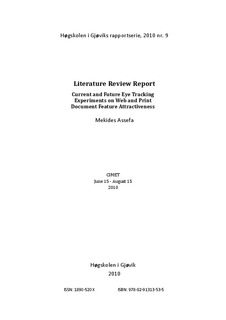| dc.description.abstract | The rapid development and increasing use of the World Wide Web for information source and an
electronic commerce tool make web usability studies grow in importance. Several web design
checklists have been developed that focus on features such as page layout, navigation, loading time,
color and font use, organization of information content, images, advertisements, active links, etc.
These features may attract users and control users' satisfaction with the website. As described in the
Roshanak’s paper (SAFAVI, 2009) the design of a usable website requires simplicity, naturalness, ease
of use, security, trust, accuracy, text font, images, personalization, customization, search capabilities
and others. Roshanak summarized all these features in just one expression, and that is to be user
friendly. He suggested that a website can achieve its purposes by being user friendly. As we understand
from the word itself, user friendliness is more related with user’s behavior.
The main question is whether there is a complete collection of features, whether some of these features
are more important than others to attract and satisfy users with the website and to motivate them to
revisit the websites. The same question can also be asked for the case of printing industry such as
newspapers and magazines. For which features and for which properties of each feature in the
newspaper or magazine the users attracted more? Which of the features will likely make the users to
read the particular newspaper or magazine over and over again?
Even if most of these checklists are theoretically driven or have a theoretical foundation, this research
study plans to systematically investigate features in the web environment and printed documents that
attracts users attention to a particular page, that influence user satisfaction and that will make them to
revisit the website or the print again. Knowing how the customers or the readers see the websites or
prints is the basic and fundamental idea for this study. Eye tracking research will enable us to record
where exactly users look on the website or printed documents. Then one can use these records and
some additional user comments to identify those important features for user attraction and
satisfaction.
Using Eye tracking technology (Jakob Neilsen, 2010) for researches’ have been conducted since 19th
century for perceptual psychology. In 21st century it also started to be used in commercial studies in
addition to academic studies. There have been number of very wide and good studies of websites and
prints with Eye tracking. Number of small studies, focused on a very narrow group of websites or
single website, newspapers or magazine have also been done. In this survey we tried to cover as much
as possible studies which have been done in this area. We give a higher priority for recent works. | en_US |
